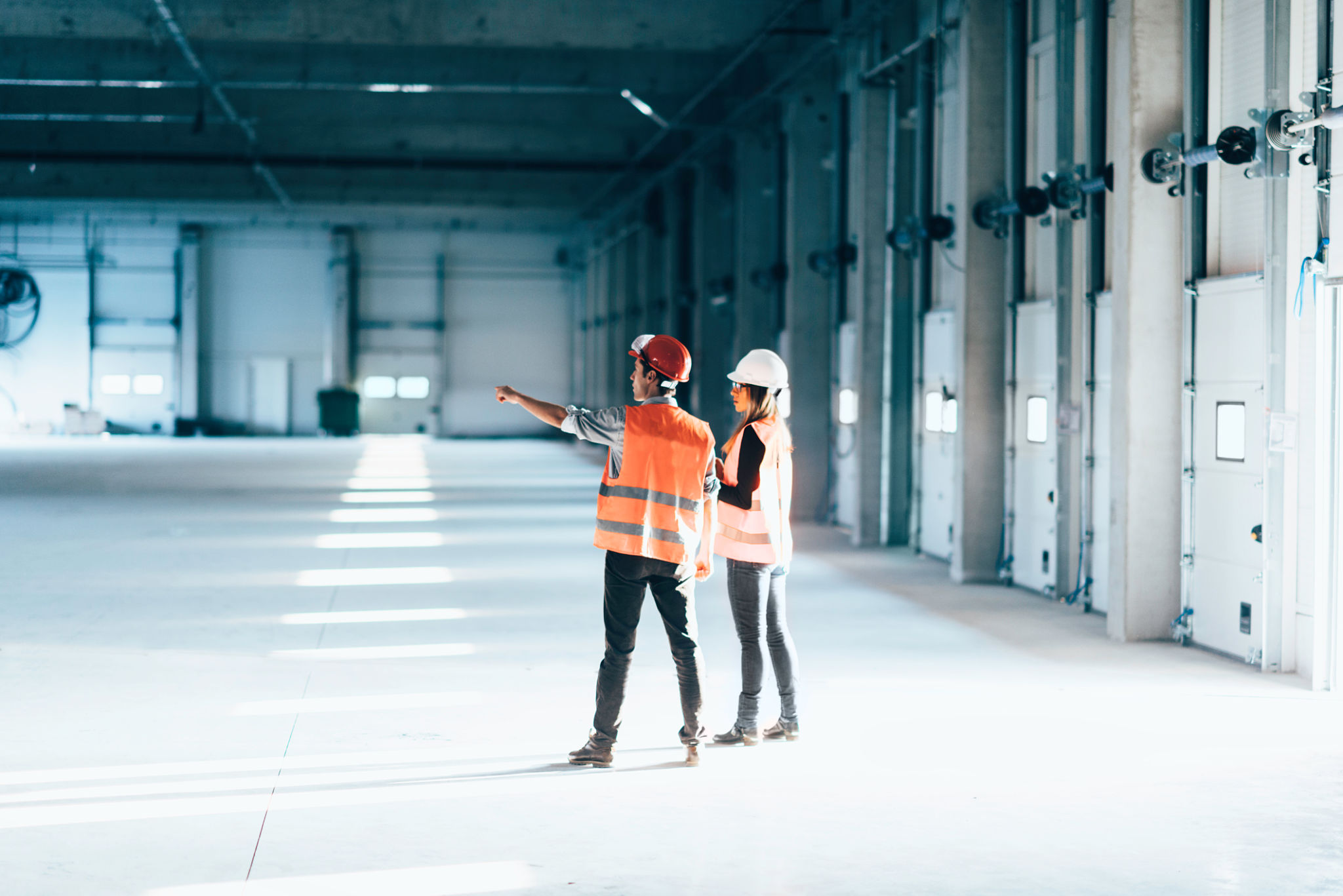How Seasonal Changes Affect Building Facade Restoration Needs
Introduction to Building Facade Restoration
Building facades are more than just the exterior face of a structure; they represent the architectural identity and historical significance of a building. Over time, these facades endure a variety of stresses, from environmental factors to human activities. Regular restoration is crucial to maintain their structural integrity and aesthetic appeal. However, the need for facade restoration can vary significantly with seasonal changes.
Understanding how different seasons impact building facades can help property owners plan timely maintenance and restoration efforts. This not only preserves the building's appearance but also prolongs its lifespan.

Winter: The Impact of Cold Weather
Winter brings with it harsh weather conditions that can have a profound effect on building facades. The freeze-thaw cycle is particularly damaging. As temperatures drop, moisture trapped in cracks and crevices can freeze and expand, causing the material to crack or spall further. This process is especially detrimental to older buildings constructed with porous materials such as brick or stone.
Additionally, the use of de-icing salts on nearby walkways and roads can lead to salt staining and corrosion of metal components on facades. These seasonal challenges necessitate inspections and potential repairs to prevent further damage during the colder months.
Spring: The Season of Renewal
With the arrival of spring, buildings experience a reprieve from the harsh winter conditions. However, spring brings its own challenges, such as increased rainfall. Excessive rain can lead to water infiltration if gutters and drainage systems are not functioning properly.
Spring is an ideal time for facade inspections and minor repairs. Addressing issues like clogged drainage systems, minor cracks, and damaged seals can prevent more extensive damage in the future. Routine maintenance during this season helps prepare buildings for the summer months ahead.

Summer: Heat and UV Exposure
Summer's high temperatures and prolonged sun exposure can lead to fading and deterioration of facade materials. Ultraviolet (UV) rays can cause certain materials, such as wood and some types of paint, to degrade over time. This degradation results in a loss of color and strength, making the building appear older than it actually is.
Additionally, thermal expansion can cause cracks and warping in facade materials. Regular inspections during the summer months can help identify early signs of such damage, allowing for timely restoration efforts to maintain the building's exterior condition.
Fall: Preparing for Winter
The fall season is an essential time for preparing buildings for the upcoming winter challenges. During this time, property owners should focus on clearing debris from gutters and downspouts to prevent water buildup and potential ice dams in winter.
Fall is also an excellent time to check for any existing damage from summer's heat and UV exposure and address these issues before they worsen in winter. By undertaking these preventative measures, building owners can reduce the risk of costly repairs in the colder months.

Conclusion
Understanding how seasonal changes affect building facades is crucial for effective maintenance and restoration planning. Each season presents unique challenges that can impact the longevity and appearance of a building's exterior. By proactively addressing these issues, property owners can ensure their buildings remain safe, attractive, and structurally sound throughout the year.
Regular inspections and timely repairs are key components of a successful facade maintenance strategy. By staying ahead of seasonal challenges, building owners can protect their investments and preserve the architectural beauty of their properties for generations to come.